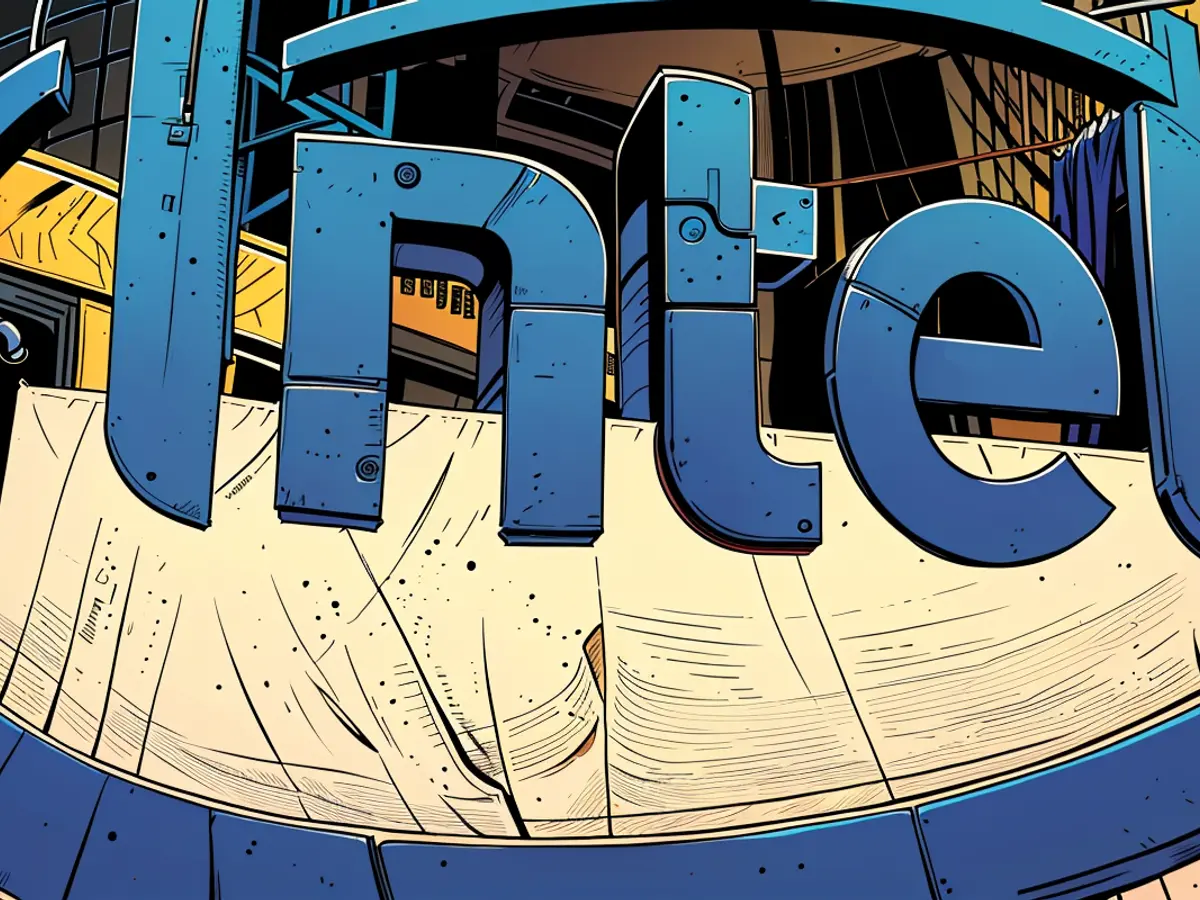- Is a massive Intel spark plug in the Magdeburg chip factory?
Stumbling semiconductor pioneer Intel resorts to drastic job cuts to quickly reduce costs. Around 15,000 jobs - about 15 percent of its workforce - are set to be eliminated, Intel CEO Pat Gelsinger wrote to employees. In total, he aims to save more than $10 billion by next year.
This is bad news for the planned new chip factory in Magdeburg. While Gelsinger reaffirmed Intel's commitment to its "IDM 2.0" strategy, which involves expanding its manufacturing capabilities, he did not mention any specific investment plans in Germany, France, and Italy.
Intel's job cuts could even be more severe than initially announced in the email to employees. The press release spoke of a reduction of "more than" 15 percent, and the number of employees was given as 116,500 at Intel and around 125,000 in the entire group including subsidiaries.
Chip maker for others
Gelsinger's strategy for Intel's survival involves becoming a stronger contract manufacturer for other chip developers. The company aims to master the most advanced production processes to compete with established producers like TSMC from Taiwan. At the same time, Gelsinger positioned Intel as a key element in plans to bring more chip production back to the West from Asia.
This includes the construction of a roughly $30 billion factory in Magdeburg, which was previously expected to use the most advanced production methods. Intel is still awaiting approvals, including for the billions in subsidies that are intended to offset the costs. The first groundbreaking was previously targeted for the end of the year, with production starting in 2027.
Could the austerity measures affect Germany's plans?
Gelsinger emphasized that the contract manufacturing strategy remains in place. However, until there are firm orders, Intel will ensure that it does not build up too much capacity. The company has also adjusted its investment plans to the expected market development, without providing further details. Intel also wants to build new factories in the US and secure billions in funding.
Intel once dominated the chip industry but then fell behind. A crucial moment was losing the race to supply the processors in today's ubiquitous smartphones. Intel hoped to transfer its strength in the PC business to mobile devices, but power-efficient processors with Arm architectures from the British chip designer prevailed. Smartphone chips therefore usually come from competitors like Qualcomm or TSMC.
Pressure on PC processors and AI
Meanwhile, Intel also has to worry about its position in the PC market. Apple has switched the entire range of its Mac computers to Arm chips of its own design, resulting in significantly longer battery life. In the summer, Microsoft also initially used chips with Arm architecture like the Snapdragon processor from Qualcomm in new Windows PCs with AI functions. Intel-based computers are supposed to follow, but they first have to hit the market.
In the meantime, Intel had to watch from the sidelines as its once much smaller competitor Nvidia became the hottest address in the industry thanks to chip systems for training artificial intelligence. Intel is also trying to get involved in this business, but it is far behind Nvidia.
As part of its cost-cutting program, Intel will not pay a dividend for the time being from the fourth quarter. Capital expenditures are now set to be 20 percent lower than originally planned.
"Costs too high, margins too low."
Gelsinger sounded quite dramatic in his email to employees. Intel's cost structure is "not competitive," he wrote, among other things. "Our costs are too high, our margins are too low." Revenue was $24 billion lower last year than in 2020 - but the number of employees was up by 10%. Decisions were taking too long and there were too many friction losses in the system.
In the last quarter, Intel reported a loss of over $1.6 billion, compared to a profit of $1.48 billion a year ago. Revenue fell by one percent to $12.8 billion (€11.9 billion) year-over-year, missing analysts' expectations.
Investors lose confidence
Gelsinger described the last quarter's business figures as "disappointing." And the situation in the second half of the year will be more difficult than previously expected. The Intel CEO had previously often reassured investors that improvement could be expected in the second half of the year. They caused the Intel stock to drop by over 20 percent in pre-market trading.
The job cuts at Intel could impact the employment prospects of those working in the technology sector, as many of the affected positions are related to the development and production of computers. Despite the job cuts, Intel's CEO, Pat Gelsinger, is still pushing forward with the company's strategy of becoming a stronger contract manufacturer for other chip developers, using advanced production processes to compete with industry leaders.








